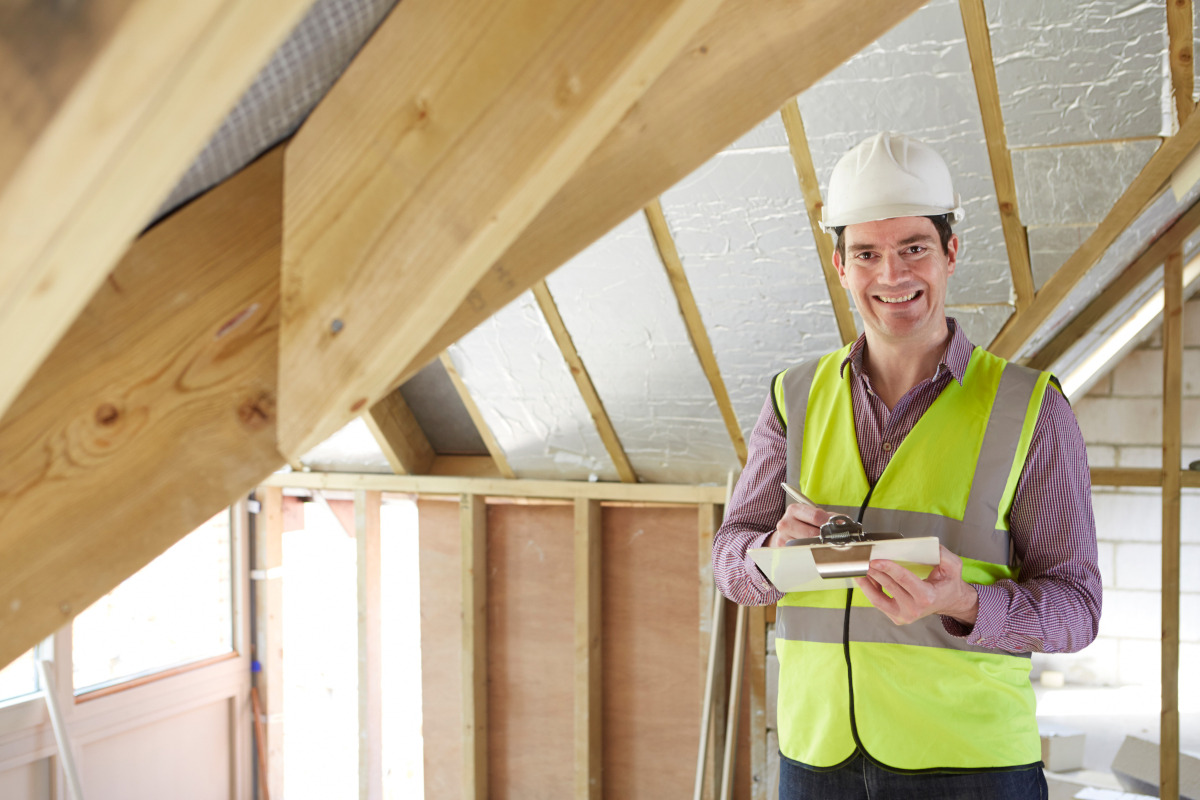Home Building Articles
Bringing Your Dream Home to Life: Custom Home Inspiration for Owner Builders

Building your own custom home is an exciting journey that allows you to create a space that's uniquely yours. As an owner builder, you have the opportunity to be intimately involved in every aspect of the design and construction process. But where do you start when it comes to inspiration? In this article, we'll explore some key elements to consider when planning your custom home and share tips for bringing your vision to life.
1. Define Your Style
Before diving into specific design choices, it's important to have a clear sense of your overall aesthetic preferences. Are you drawn to sleek modern designs or cozy rustic charm? Do you prefer bold colors or a neutral palette? Some popular home styles to consider include:
- Modern/Contemporary
- Farmhouse
- Craftsman
- Mediterranean
- Mid-century Modern
- Traditional
Browse home design websites, magazines, and social media platforms like Pinterest to gather inspiration and create a mood board that reflects your style. This will help guide your decisions throughout the building process.
2. Prioritize Functionality
While aesthetics are important, your home should also meet your practical needs. Consider your lifestyle and daily routines when planning your layout and features. Some questions to ask yourself:
- How many bedrooms and bathrooms do you need?
- Do you work from home and require a dedicated office space?
- Do you enjoy entertaining and need an open-concept living area?
- Are there any accessibility considerations for family members?
- How much storage space do you require?
By addressing these functional needs early in the planning process, you can ensure your custom home enhances your quality of life.
3. Embrace Open Floor Plans
Open floor plans continue to be a popular choice for modern homes, offering a sense of spaciousness and facilitating easy flow between living areas. Consider incorporating an open-concept kitchen, dining, and living area to create a central gathering space for family and friends.
To maintain definition between spaces while keeping an open feel, you can use:
- Area rugs to delineate zones
- Varying ceiling heights
- Partial walls or columns
- Strategic furniture placement
4. Bring the Outdoors In
Connecting your indoor living spaces with the natural environment can create a sense of harmony and expand your usable space. Consider incorporating:
- Large windows or sliding glass doors to maximize natural light and views
- A covered patio or deck for seamless indoor-outdoor living
- An indoor garden or living wall
- Natural materials like stone and wood throughout your home
5. Focus on the Heart of the Home
The kitchen is often considered the heart of the home, so it's worth investing time and resources in creating a space that's both functional and beautiful. Some popular features to consider:
- A large island with seating for casual dining and food prep
- High-end appliances for serious home chefs
- Custom cabinetry for maximum storage and organization
- A walk-in pantry for bulk storage and small appliances
- Statement lighting fixtures to add personality
6. Create a Luxurious Primary Suite
Your primary bedroom should be a relaxing retreat where you can unwind at the end of the day. Consider incorporating:
- A spacious walk-in closet with custom organization systems
- A spa-like ensuite bathroom with a soaking tub and separate shower
- A private balcony or patio for outdoor relaxation
- Soundproofing for a peaceful environment
- Ambient lighting options for creating the perfect mood
7. Don't Forget the Details
Small details can make a big impact on the overall look and feel of your home. Pay attention to:
- Hardware finishes on doors, cabinets, and plumbing fixtures
- Trim and molding styles
- Unique tile patterns in bathrooms and backsplashes
- Statement light fixtures
- Custom built-ins for added character and storage
8. Incorporate Smart Home Technology
As an owner builder, you have the opportunity to integrate the latest smart home features from the ground up. Consider incorporating:
- Automated lighting and climate control systems
- Smart security systems with video doorbells and cameras
- Whole-home audio systems
- Smart appliances that can be controlled remotely
- Energy-efficient features like solar panels and smart thermostats
9. Plan for the Future
While designing your dream home, it's important to consider how your needs might change over time. Think about:
- Flexible spaces that can serve multiple purposes as your family evolves
- Aging-in-place features like wide doorways and curbless showers
- Energy-efficient systems that will save you money in the long run
- Durable materials that will stand the test of time
10. Work with Professionals
While being an owner builder allows you to take control of your project, it's still important to work with experienced professionals. Consider partnering with:
- An architect or home designer to help refine your vision
- A structural engineer to ensure your plans are sound
- Skilled contractors for specialized work like electrical and plumbing
- An interior designer to help with finishes and furnishings
At Owner Builder Network, we're here to support you throughout your custom home building journey. Our team can help connect you with financing options, qualified contractors, and suppliers to ensure your project stays on track and within budget.
Building a custom home as an owner builder is an exciting opportunity to create a space that truly reflects your personality and meets your unique needs. By considering these key elements and working with experienced professionals, you can bring your dream home to life. Remember, the journey is just as important as the destination, so enjoy the process of seeing your vision become reality!